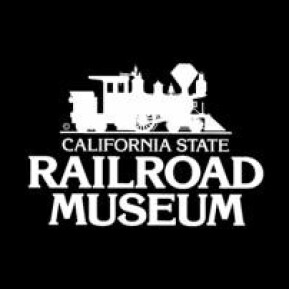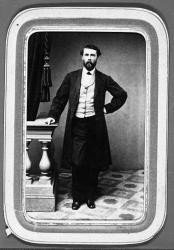California State Railroad Museum's collections
Building the Transcontinental Railroad
<p>At our core, we are railroad people. The railroads, for better or worse, shaped the cities in which we live and the spatial relationships between the rural and urban areas of the United States. Railroad language creeps into our vocabulary. We are always getting derailed, or off-track, or, if angry, we are steamed or getting ready to blow our stacks! Our understanding of time and of time zones and our ability to trace the minute shifts of seconds and minutes is a product of being a railroad nation. And, until recently, as one of the largest employers in the United States, many people have a personal family connection to working on the railroads. Railroads started well before 1869, but it was not until that year that the nation was bound together by a transcontinental system. On May 10, 1869, the driving of a golden spike, signaled the ceremonial end to a process that had been going on for years. Two companies, one starting in Omaha and the other in Sacramento competed to lay track. Their reward for each mile was government money and lots of it. By the time that they met at Promontory Point, Utah, vast sums of money and untold human labor and sacrifice had been expended on this incredible human endeavor. A single track united the continent. What used to take months by wagon train, could now be measured in mere days. It changed everything, forever. </p>
 California State Railroad Museum
California State Railroad Museum
13


